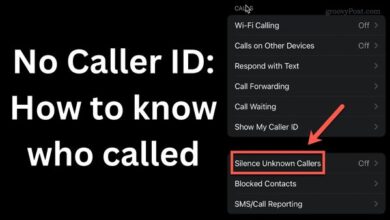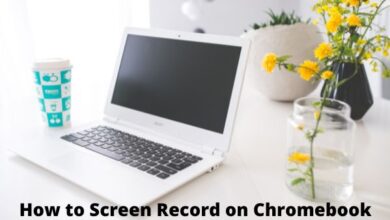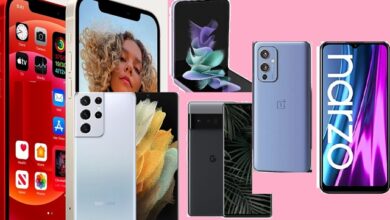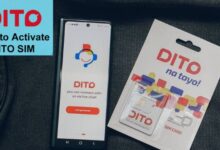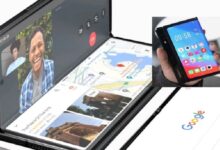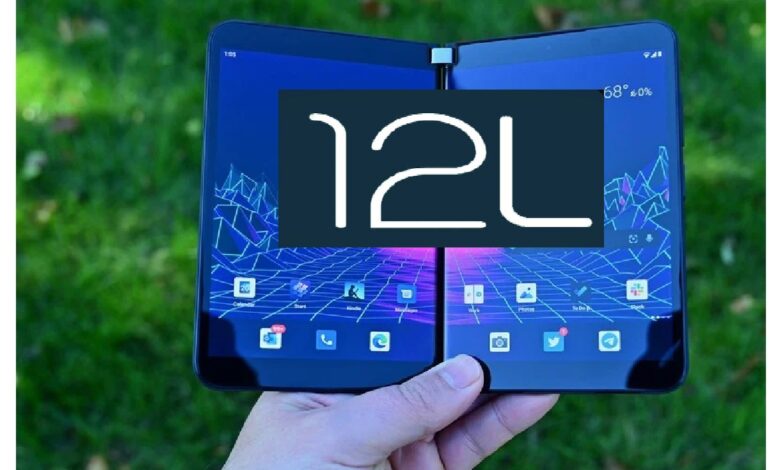
Prior to the announcement of Android 12 last week, Google has now introduced Android 12L. Android 12L is a bigger version of Android 12 featuring program interface tailored to Smartphones and tablets, Chromebooks, and foldables.
Google also launched new capabilities in OS and Play for programmers to best help these technology has led, in addition to Android 12L. Enhancements to its Material Design guidance for large appliances, as well as improvements to Jetpack Compose, make it easier to build for larger machines and guarantee that apps could adjust to multiple screen configurations and dimensions, are among them.
A unique graphic linting tool will show UI alerts and recommendations whenever the design has faults, as well as a scalable simulator to enable programmers test the applications on a greater range of bigger screens.
Read Also – Valentine’s Day: Gift your special one a smartwatch, See these 4 options
To provide a more polished UI, the latest Android 12L’s design includes modifications to alerts, quick options, passcode lock, summary, home button, and much more. In preparation for next generation of Android 12 tablets and foldable smartphones, Android 12L would be ready in early 2022.
Android 12L is accessible as a prerelease version on emulators and would be accessible on the Lenovo Tab P12 Pro shortly. While most of the capabilities aren’t accessible on tiny screens, the Android 12L beta version would be accessible for Pixel phones shortly and therefore will appear as an upgrade for smartphones.
To reap the benefits of the center of the screen, displays over 600dp, the notifications panel, passcode lock, as well as other administrative interfaces employ a new two-column style. The installation of a new toolbar on wide displays has boosted productivity by allowing users to move among apps just on run. All applications, if they’re not adjustable, would be able to obtain splitscreen multiplayer view with Android 12L.
Google’s interoperability option also has been upgraded, including “aesthetic and reliability changes to provide a smoother letterboxing experience for people and help applications look a lot better by defaults.” Customized viewport hues and treatment nowadays are available, as well as the ability to move the embedded viewport and create customized rounded edges.
According to Google, there seem to be more than half million huge Android phones, including smartphones, foldables, and ChromeOS phones. In the previous 12 months, Google has already seen approximately 100 million new Android phone action potentials, a 20 percent increase year over year. With a rate of growth of 92 percent, ChromeOS also is the quickest increasing desktops system. Android is pre configured on over 250 million large appliances.
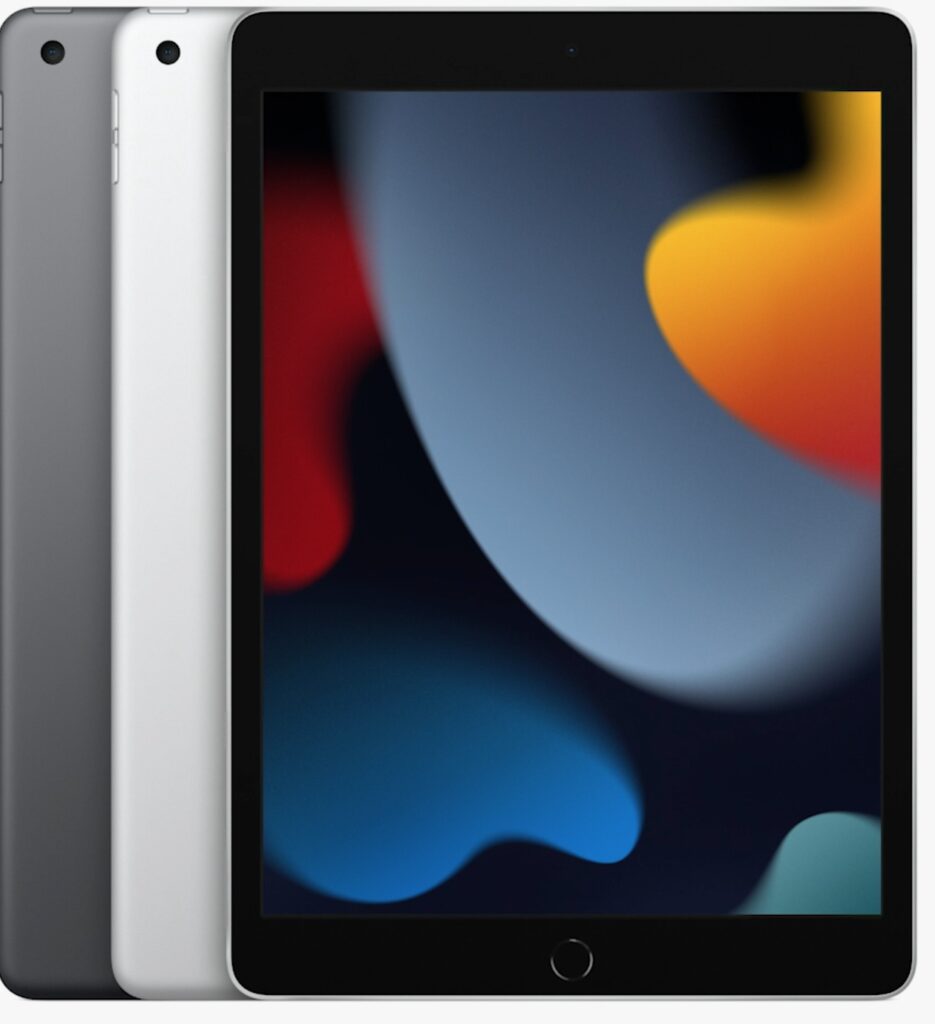
With all that changes with Android 12L, which adds a slew of additional features designed to make the most of the bigger display. On foldables and tablets, Google will introduce a redesigned dual-panel notification bar in place of a huge and mainly wasted capacity notification area.
At a glimpse, users may well see and engage with various alerts as well as fast options. There was a redesigned desktop, which looks like a docking or shelf on a traditional laptop, and iPad OS, which will enable for quick application changing.
Google is looking to increase split-screen by adding additional drag-and-drop capability. It isn’t as significant a change as Android 12, but it will enhance the experience of using Google on bigger displays as well as provide a solid base for tablet manufacturers to build on.
Manufacturers have indeed been advised to modify existing applications so that they can adapt better towards the different screen sizes on which Android operates. In the Play Store, Google would notify customers regarding applications which aren’t suited for wide displays.
In furthermore, each application’s performance would be evaluated under new checks under Google’s huge application quality standards, and a huge app ranking would be introduced next year.
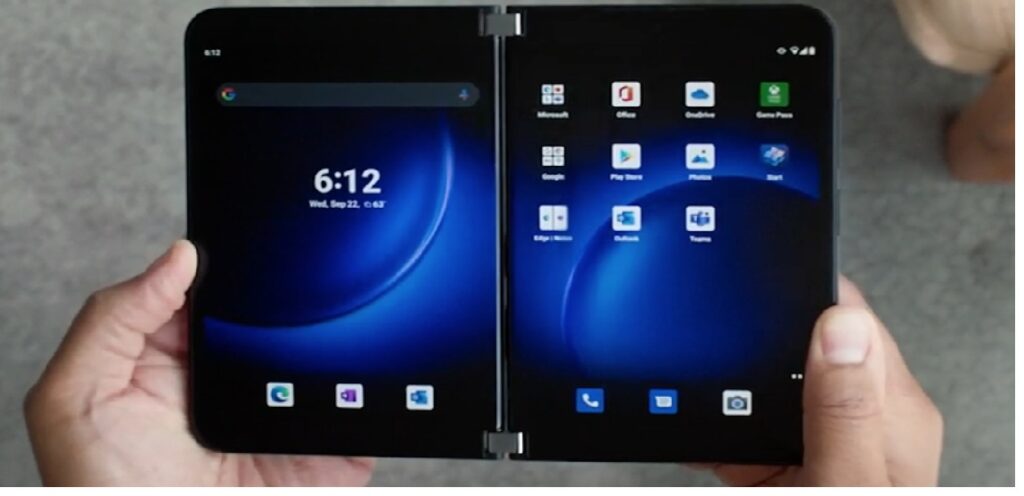
Android 12L is now available for programmers to test for select platforms, including the Lenovo P12 Pro tablet. For Google Pixel phones, a much more widespread beta would be accessible. While Google doesn’t have equipment that can take advantage of Android 12L, rumours of a Pixel Fold or two have already been circulating online, with prominent leaker Evan Blass predicting a debut before the end of the year. If Google wanted to show off Android 12L on a handset, this would have been the best choice.
A feature drop for large Screens
On huge screens, designers have refined improved the UI in 12L, including alerts, quick options, homescreen widget, summary, home button, and much more. To reap the benefits of the center of the screen on displays over 600dp, the notifications shade, lockscreen, and other administrative interfaces use a new two-column style.
Apps that run on the system have also been optimised. On large screens, 12L offers a new toolbar that allows users to quickly navigate between favourite apps. The taskbar also makes separated mode more accessible than ever before: simply drag – and – drop an app into split-screen view from the taskbar. To make divided option more enjoyable in Android 12 and later, designers are assisting users by immediately activating split-screen option for all applications.
Build responsive UIs with new navigation components
While altering the navigation structure and employing a SlidingPaneLayout is an excellent method to give a current fragmented program a huge optimised structure, designers understand most of users have programs with several activities.
The new interest anchoring APIs included in Pegasus WindowManager 1.0 beta 03 make this simple for all those applications to embrace new UI paradigms like a TwoPane display. For small displays, a html code is suggested, while for intermediate screen categories and bigger (600dp+), a navigational rail is advised. The released recently Material Design guideline includes various concepts for bigger screen designs for enlarged smartphones, including as a List/Dock.
Use window size classes to help detect the size of window
Window Considerable are a set of pre-defined window set points that users may use to create, build, and evaluate configurable application designs. Endpoints in the Window Size Class have indeed been divided into three categories: small, medium, and enlarged. They were founded with the aim of balancing design minimalism with the freedom to customise the application for most precise use scenarios while covering a high percentage of the ecosphere smartphones. The WindowSizeClass APIs would be available in Jetpack WindowManager 1.1 soon, making it much easier to create adaptive user interfaces.

